| Abstract | Purpose: With the spread of smart farms in Korea, there is a clear tendency to consume electricity and heat energy in the agricultural sector. In line with the carbon-neutrality policy, measures to reduce energy in the greenhouse industry should be developed. Although Korea is currently focusing on expanding the number of smart farms, developed countries such as the Netherlands have been researching and developing semi-closed greenhouses, which increase crop productivity and improve energy efficiency, since the early 2000s. In this study, the necessity of a semi-closed greenhouse, which is being introduced as an alternative to the existing greenhouse technology, was considered, and the applied technology elements were examined and directions for future research were suggested. Method: From 2005 to 2020, we analyzed 26 foreign papers and articles on semi-closed greenhouses. Semi-closed greenhouse research was conducted from the viewpoints of energy efficiency and crop productivity improvement. Result: A semi-closed greenhouse starts by closing the windows on the roof, to use the surplus heat produced during summer or during daytime in winter. The technological elements used in the efficient environmental control of semi-closed greenhouses are 1) heat storage, 2) air treatment system, 3) air conditioning system, 4) heating system, and 5) dehumidifier system. Semi-closed greenhouse systems have been introduced and proven in Europe. It is necessary to verify the system suitability for the hot and humid Korean climate in summer and study the energy efficiency performance of each element. |
|---|
